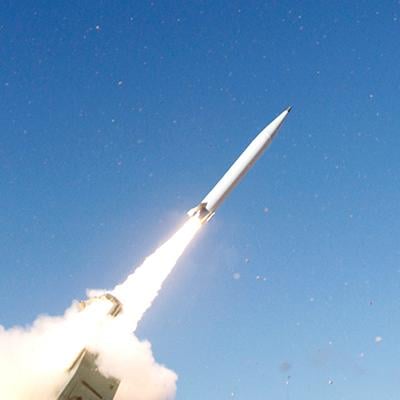
A developmental U.S. Army ballistic missile flew more than 499 km during an Oct. 13 flight test from Vandenberg Space Force Base, California, demonstrating the maximum range of the new weapon a year ahead of a scheduled fielding date in fiscal 2023.
The Lockheed Martin Precision Strike Missile (PrSM) became the first purely ballistic Army missile to be fired at least 500 km since the Intermediate-range Nuclear Forces (INF) Treaty lapsed in August 2019. The INF Treaty previously banned the U.S. and Russian militaries from fielding ground-launched missiles with a maximum range of between 500-5,000 km.
“Achieving this long-range milestone for the baseline missile demonstrates PrSM’s capability to meet our customer’s modernization priorities on a rapid timeline,” says Paula Hartley, vice president of Tactical Missiles at Lockheed Martin Missiles and Fire Control.
The test comes after the Army awarded Lockheed contracts in September to launch the engineering and manufacturing development and deliver the first batch of 2,400 planned PrSMs, Lockheed said.
Lockheed has completed five successful flight tests of PrSM overall and the first two as part of the Enhanced Technology Maturation and Risk Reduction phase of the program. A third flight test is during the Project Convergence 21 technology demonstration event, which ends on Nov. 10. The test will include the first firing of two PrSM missiles from the same launcher.
The PrSM is designed to double the launcher capacity and nearly double the range of the MGM-140 Army Tactical Missile System (ATACMS). Each ATACMS launcher fires a single missile to a maximum range of 300 km.
The Army also plans to upgrade the PrSM quickly after fielding the baseline missile. A multimode seeker is in development to give the PrSM the ability to track moving targets in the terminal phase of a flight. A follow-on version is also expected to increase the range beyond 600 km.
